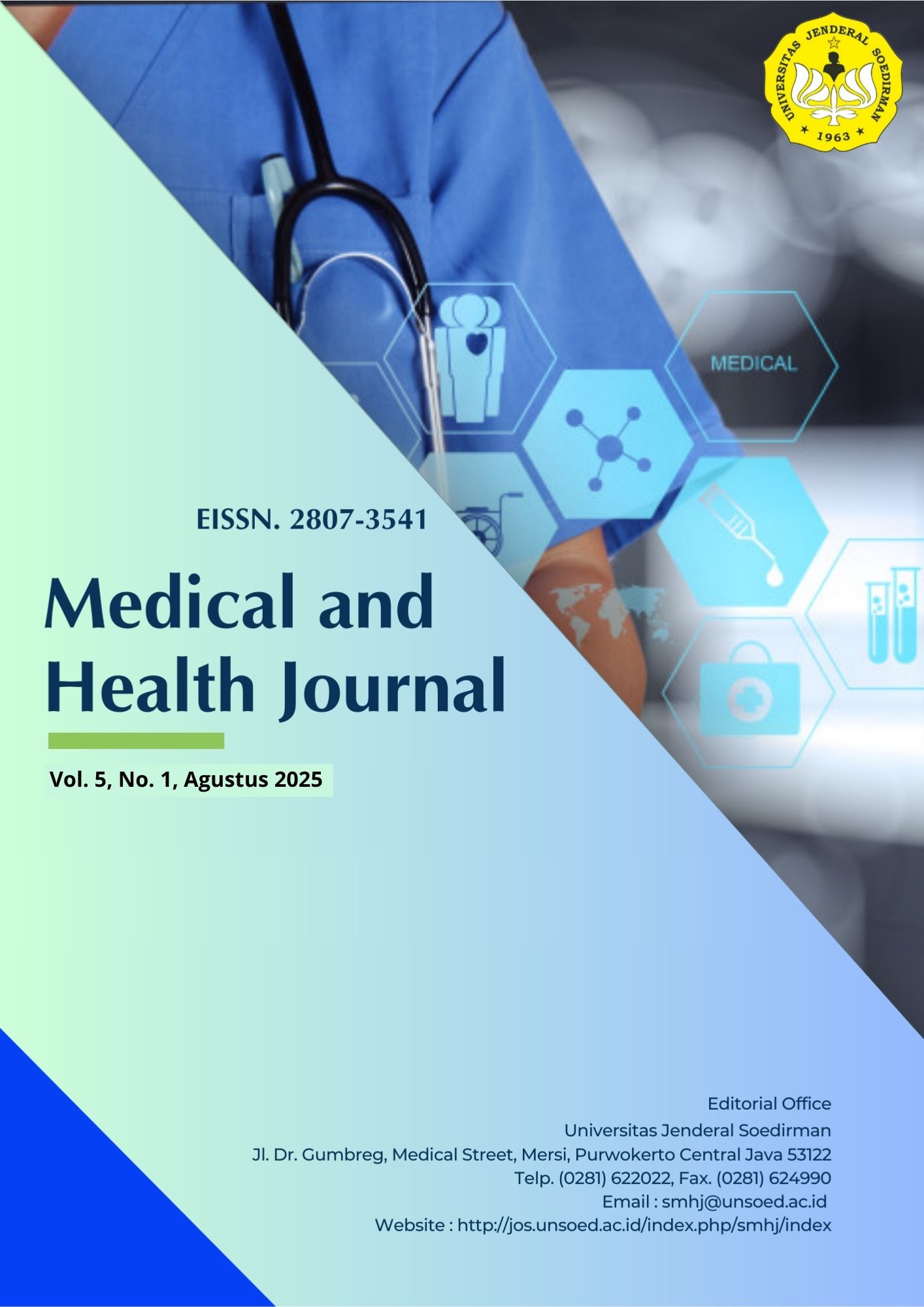Effectiveness of Atraumatic Tooth Extraction in Minimizing Trauma and Pain: A Case Report
Abstract
Background: The atraumatic tooth extraction technique aims to minimize tissue trauma and pain, thereby promoting optimal healing and supporting the success of future prosthetic rehabilitation. Objective: This case report aims to describe the application of atraumatic tooth extraction techniques in various tooth extraction indications and to evaluate their clinical outcomes. Methods: The technique was applied to four patients with different extraction indications. The procedure was performed using optimal anesthesia, specialized instruments such as luxating elevators and atraumatic forceps, as well as root sectioning when necessary. Results: All patients reported minimal pain during and after the procedure, requiring only a single dose of mild analgesics. Soft tissue healing occurred more rapidly than with conventional extractions, with one-week evaluations showing that the wounds were almost completely closed. No significant complications were observed, except for one case of mild emphysema, which resolved within five days. Conclusion: Atraumatic tooth extraction techniques are effective in reducing tissue trauma, accelerating healing, and preserving the supporting tooth structures. This technique can be recommended as the primary choice for various extraction cases, particularly for patients scheduled for prosthetic rehabilitation or implant placement.






